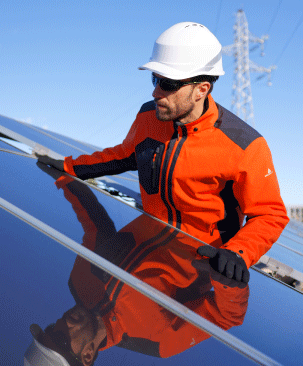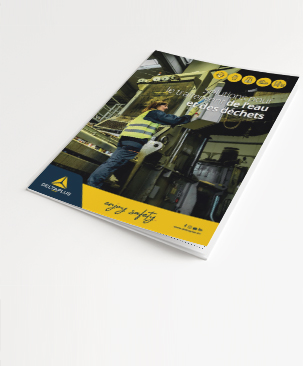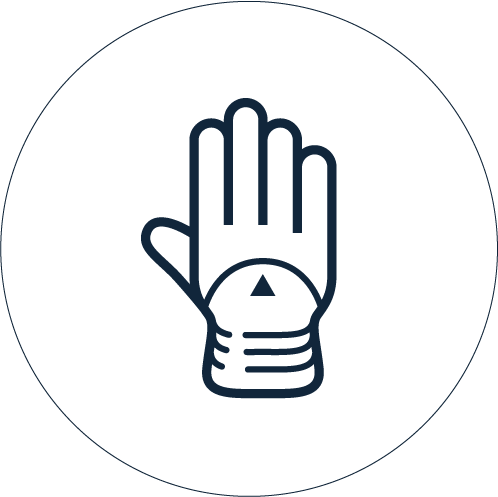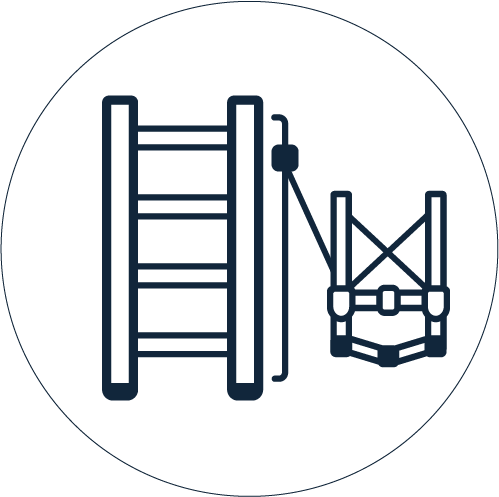Стандарти та директивиand
Спільною метою наших менеджерів з продуктів і послуг є пропонування надійних, довговічних, високопродуктивних продуктів, які відповідають нормам і/або вимогам кожної країни. надійні, довговічні, високопродуктивні продукти, які відповідають нормам та/або стандартам кожної території, на якій вони використовуються.



































